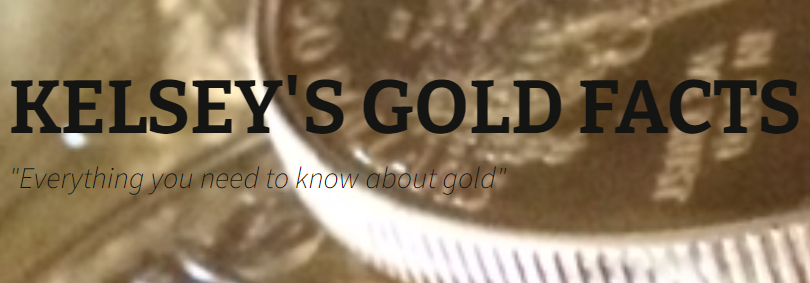Anxious investors seem to be expecting more than has been “promised” regarding interest rate cuts. Some (quite a few) seem overconfident that the long-awaited pivot is a done deal. In addition, anticipated results from the expected cuts are already built into the markets to a large degree. Here are some thoughts worthy of consideration…
1) Suppose the Fed cuts rates later this year, but not as much as expected. Is cutting interest rates 1/4 or 1/2 percent all that is necessary to kick the gravy train into high gear?
2) Is a Fed pivot a temporary thing? Maybe the Fed cuts a quarter-point once or twice, then re-pivots and begins raising rates anew.
3) What if the Fed doesn’t cut rates at all?
Anticipation Is Making Me Wait
(Thank you, Carly Simon, for the perfect subheading.) The possibility of three rate cuts in 2024 has been amplified to mean that the Fed will cut rates this year – 2024. The rate cuts most everyone is expecting are the same rate cuts that were assumed and expected for most of last year – 2023. Isn’t it possible that rate cuts could be postponed again? How long can elevated stock prices and other assets maintain their lofty levels based on the expectation of lower interest rates which continue to be expected but not realized?
If the Fed Pivots, Might It Be Temporary?
Overlooked in the rush by everyone outside of the Federal Reserve to talk interest rates down are comments by Fed Chair Powell which include the phrase “higher for longer”. Those who are so intent on expecting lower interest rates might do well to consider not just the possibility, but the likelihood of rates remaining higher for longer.
Rates were intentionally forced lower by the Federal Reserve over nearly four decades prior to the official announcement their campaign to raise interest rates in March 2022. During those four decades the Fed moved back and forth both higher and lower regarding interest rates, but all changes in direction were temporary within a long-term decline in rates lasting nearly forty years.
The emphasis on “lower (interest rates) for longer” took interest rates close to zero and created an addiction for cheap money and credit. The artificially low-interest rates that fueled the addiction were not normal. They were abnormally low historically and created huge bubbles in asset prices. Financial and economic volatility increased and the U.S. dollar suffered a loss of credibility and purchasing power.
As a result, the Fed was forced to change its interest rate policy to protect and defend the dollar. Not out of a patriotic sense of duty, but in order to save the financial system. It may be too late for that.
That brings us to our final point. What if the Fed doesn’t cut interest rates?
What if the Fed Doesn’t Cut Rates?
It is very much a possibility that the Fed might not cut rates at all. The inclination to do so seems to change from week to week and month-to-month along with changing economic data and statistics. Jerome Powell has been consistent in his comments that “higher for longer” is the game plan. Maybe rates get kept at current levels for a while longer.
At their current level, interest rates are still abnormally low on a historic basis. Historically normal interest rates average 7-8 percent. We are not there yet. And with the extreme lows for interest rates experienced for several decades, there is a significant amount of inefficient allocation of money and resources that needs to be reallocated. That will result in varying degrees of financial and economic pain.
Conclusion
The Federal Reserve has a history of market intervention and manipulation. The Fed’s interest rate policy is a manipulation ‘tool’. The market intervention and manipulation is ongoing. The overriding purpose is to create and sustain an environment that enables banks to continue to lend money and collect interest in perpetuity.
Often, though, the application of the ‘tool’ is a defensive reaction to unintended and unexpected financial and economic events. For many years now, the Fed has been occupied with battling the negative consequences of it previous policies and actions. They may be in the driver’s seat, but the vehicle is out of control.
Stormy seas are ahead. If the Fed cuts too soon or too much, the cheap bubble juice will create more inefficiencies and extreme volatility. Right now, just the expectation of a return to cheap and easy money/credit has blown bubbles in almost everything priced in dollars. At some point, bubbles get popped. That is something the Fed is trying to avoid.


